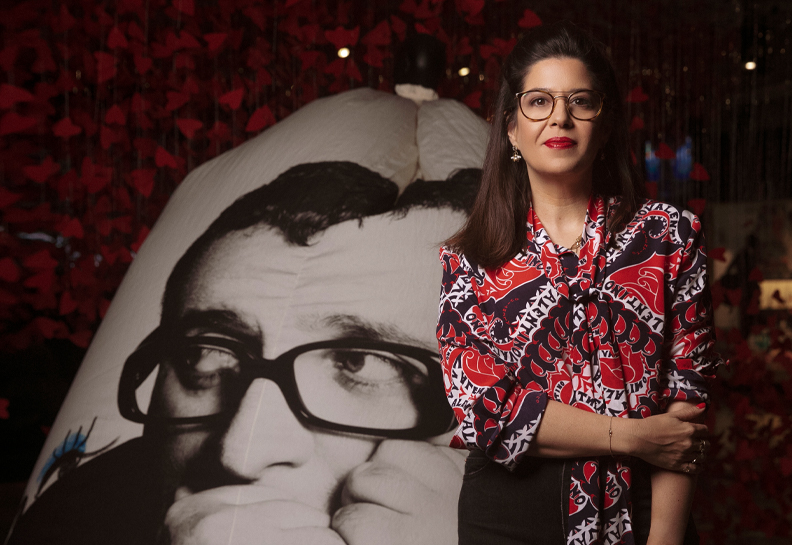Virtually everyone who has come back from Salone del Mobile in Milan in recent years has been preoccupied with two main subjects: the changeable weather and the economic crisis.
Virtually everyone who has come back from Salone del Mobile in Milan in recent years has been preoccupied with two main subjects: the changeable weather and the economic crisis. Not surprisingly, the grey skies have been linked to the gloom attending depleted resources and the paucity of innovations. These disturbing feelings have recently been accompanied by complaints about the exorbitant cost of hotel accommodation, inadequate transportation, and the frustration attending a visit to an overcrowded, disorganized city, and fanned the flames of the debate on the relevance of the fair in Milan. It seems that even the most loyal and persistent design tourists have started questioning whether Milan is still the international design capital. Of course, the new fairs and design weeks that have opened up one after another in major European cities have not helped either.

In September 2012, right after the London Design Festival, Julie Lasky crowned London the design capital of the world in an article published in The New York Times. Britain produces better designers and design impresarios than anywhere else, she asserted, and while the London Design Festival is still suffering from growing pains, they will be resolved in the not too distant future, and then there will be no need to go to Milan.
Another criticism was recently voiced by Lowie Vermeersch, curator of the Interieur design biennale in Kortrijk, Belgium. He says that most design fairs, especially the one in Milan, are confusing, badly planned, and too large for visitors to enjoy.

But it was Dezeen editor-in-chief Marcus Fairs who wrote the most lucid and incisive criticism, which ultimately provoked the desired reaction. In an article entitled “To visit Milan is to experience the antithesis of design“, he enumerates all the shortcomings one by one, and points an accusing finger at the denial (the feigned innocence of the fair directors in 2009: “Crisis? What crisis? Salone is here!”), the greed and mismanagement, and says that the thing that most threatens Milan is Milan itself. “The city treats fair visitors with contempt, allowing hotels to more than double their rates during the week, fleecing exhibitors with permits, bamboozling them with red tape (such as the Byzantine impossibility of getting a license to sell products direct to the public), and doing nothing to help baffled foreigners negotiate the arcane taxi-booking system or the complex public transport network”. Fairs also notes the problems with the fair’s branding (what is its actual name?) in the absence of an overarching organization linking everything together (“good shows mixed up with dreadful ones”), and that greed and mismanagement have turned entire districts (for example, Tortona) into “an overpriced, over-branded, and overcrowded hell”.
Marcus Fairs’ opinion article, which was published in Dezeen right after the fair, encouraged Claudio Luti, the newly appointed president of Salone del Mobile, to present plans to rebrand the fair, replace its “terrible” website, and tackle hotel overpricing and transport chaos that are damaging its image.


Claudio Luti, who is also chairman and owner of Kartell, said that he invited three design agencies to pitch for the redesign of the brand. He promised to remove the name Cosmit, so that the fair would be called Salone del Mobile, to improve navigation so people can more easily find the brands they are looking for at the fairground, and to create a new website. He is also lobbying the city’s mayor, transport chiefs, and hoteliers to reduce prices and improve transport in the city. “If things don’t work in the right way, they damage Milan, they damage our future”, Luti admitted, and stressed that the visitors who flood into the city for the fair make the week “more important than Christmas” for the city’s economy.
It may be assumed that this fact is reason enough to drive processes that will lead to change, and to hope that the results will already be evident at the next fair. Because despite the growing tendency to eulogize Italian design in general and Salone del Mobile in particular, for most senior designers Milan is still the paramount get-together of the year, and the place where the key product launches take place. “They love the city and desperately want it to thrive”, admits Marcus Fairs, echoing the hopes of many others.





